
How did the 2019-20 Winter Outlook do? Pretty darn good if you ask us! Learn just how good in our yearly verification post.

How did the 2019-20 Winter Outlook do? Pretty darn good if you ask us! Learn just how good in our yearly verification post.
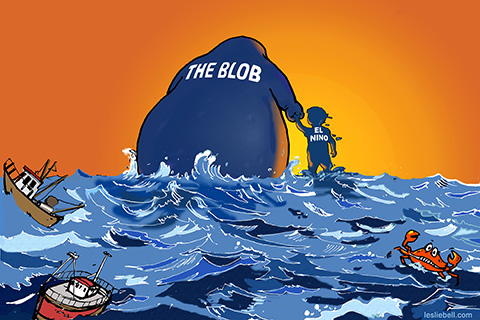
A blog post on the Blob. Blob, Blob, Blob. But here's why you shouldn't call it the Blob.
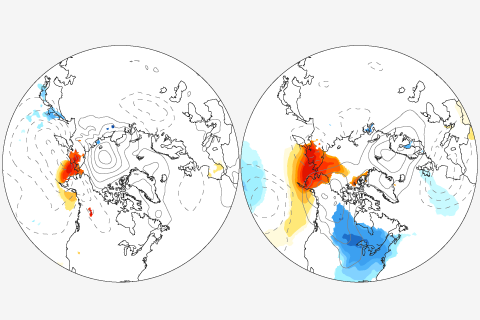
New research weighs in on a popular debate about whether reduced Arctic sea ice is causing extreme mid-latitude winters. Their result? Blame the atmosphere, not the ice.
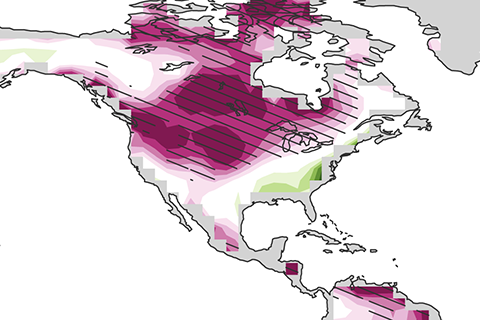
Dr. Haiyan Teng explains why the moisture in the ground you walk across may have important consequences for the summertime climate.
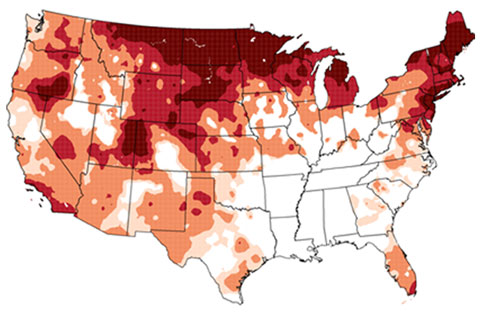
If the recent weather whiplash has left you wondering how U.S. winters are changing over time, NOAA climate maps tell the story.
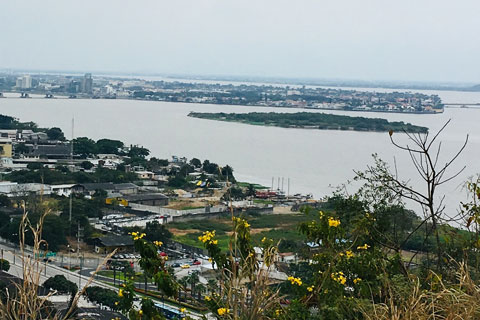
What is the latest and greatest in ENSO science? This blogger travels to Guayaquil, Ecuador to find out.
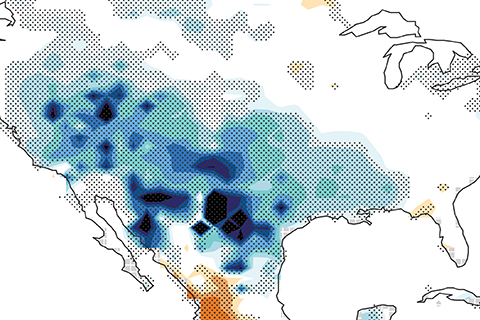
New research suggests the climate change could affect how ENSO impacts temperature and wildfires. Read on to learn what that means.

We live in a warming world. And we often characterize that warming through metrics of temperature. But that’s only a sliver of the story. Another sliver, and perhaps a more consequential one, is Big Rain.

Amazingly, ENSO doesn't just impact climate anomalies like temperature and precipitation over the United States. It can also influence the sea level, which may have major implications as the sea level continues to rise in the future.

A quick spin around the March 2018 U.S. climate scene, all else being equal.